 |
|
|
|
||
Deep Sky Objects |
||
“When amateurs get tired of observing the Moon and Planets, they often start to search for fainter objects like clusters of stars, nebulae and galaxies (collectively called Deep Sky Objects), listed in the very first catalogue of these objects compiled over 200 years ago by the Frenchman Charles Messier from Paris. Everyone has seen pictures of these objects for they represent the biggest, brightest and best of the lot.” — Ken Graun |
||
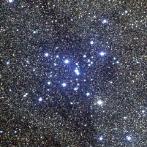 |
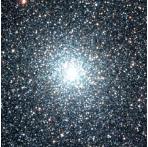 |
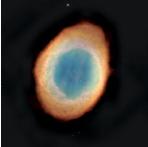 |
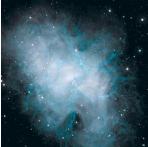 |
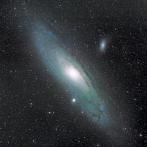 |
||||||
Open Cluster |
Globular Cluster |
Planetary Nebula |
Supernova Remnant |
Galaxy |
||||||
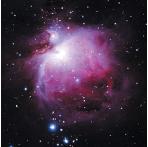 |
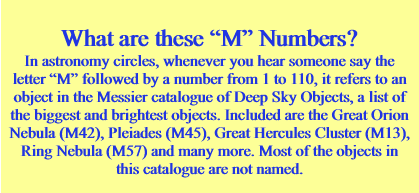 |
|||||||
Nebula |
||||||||
Deep Sky Objects (DSO) |
||
Deep Sky Objects include open clusters (like the Pleiades), globular clusters, nebulae, planetary nebulae, supernova remnants, and galaxies, that is, distant objects beyond our solar system. Stars are not considered deep sky objects. Except for galaxies, all deep sky objects that we normally observe are inside our Milky Way Galaxy. Star clusters Nebulae |
The best example is the Great Orion Nebula, M42. Planetary nebulae (the name has nothing to do with the planets, it’s just an old name that stuck) represent the remains of outer atmospheres from “large” stars in their death throes. These nebulae are spherical, ringed or have diametrically opposed lobes. The best example is the Ring Nebula. Supernova remnants are nebulae created from the explosions of very large stars at the ends of their lives. M1, the Crab Nebula is a good example. Supernova remnants are rare compared to other nebulae. On average, nebulae are faint, so they appear better in larger amateur telescopes. However, there are a handful that are magnificent even in small telescopes. One of the best is the Orion Nebula (M42). Galaxies |
|||
The very first catalogue of Deep Sky Objects, compiled in the late 1700’s by Charles Messier from Paris, France is still used today and very popular with amateur astronomers. |
||
The Messier Catalogue and Charles Messier |
||
The Messier Deep Sky Object catalogue represents the cream-of-the-crop deep sky objects that can be seen from the mid-latitudes of the northern hemisphere. It was compiled at the end of the 1700s by Charles Messier from Paris, France, using telescopes around 3 to 4-inches in diameter. This catalogue is historically significant because it is the very first catalogue ever compiled of deep sky objects. And, since it lists the biggest and brightest objects in the sky, it has become a logical “next step” for amateurs wanting to go beyond observing the Moon and Planets. An interesting point about this catalogue is that it has at least one example of every type of deep sky object that exists, so it represents a good sample of the objects that can be found in the heavens. There is a quirk of nature that allows viewing all of the Messier objects in one night. This can be accomplished around New Moon during March. This event has become known as a Messier Marathon and many astronomy clubs sponsor “parties” to accomplish this dusk to dawn task. Charles Messier was born in Badonviller, France in 1730. His father held a mayoral-type position in the town but passed away when Messier was 11. Hyacinthe, Charles’s brother, trained Charles as an administer’s assistant and eventually found Charles a job in Paris as an assistant to an astronomer. Messier did exceedingly well at his job, advanced, and became, during his time, the leading observational astronomer in the world. He eventually acquired his bosses’ position as Astronomer of the Navy. During his career, he wrote numerous articles that spanned the field of astronomy and were published in the leading scientific journals of the time. One of his most notable life-long achievements was discovering about 20 comets, which lead to his induction into almost every European science academy. |
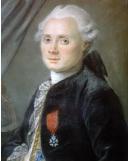 |
|||||||
Charles Messier was the leading observational astronomer in the 1700s and compiled the first catalogue of deep sky objects. |
||||||||
Messier never would have believed that his namesake would be defined by his little catalogue—he would have thought it would have been his comet discoveries. He catalogued deep sky objects because he realized that such a catalogue was missing in the field of astronomy (astronomy and most sciences were just starting to get organized during this time in history). To start the catalogue, he used a few short lists of deep sky objects complied by other astronomers but quickly added objects he found exploring the night sky. Three editions of his catalogue were published, each growing in size, with the last published in 1781, listing 103 objects. He stopped adding objects because in 1785, William Herschel, inspired by Messier’s catalogue, published a catalogue listing about 1,000 objects using a 18.7-inch diameter telescope. Messier knew he could not compete! Although Messier’s last catalogue listed just 103 objects, seven additional objects have been added—objects that he described in other publications but never listed in his catalogue. Messier passed away in 1817 at his residence in the Cluny Hotel, (near the Sorbonne and about a 7 minute walk from Notre Dame) now known as the National Museum of the Middle Ages. His observatory was atop the front tower but no trace remains. |
||||||||
 |
||
What’s Out Tonight? is sponsored by Ken Press, publisher of astronomy books and charts. |
||